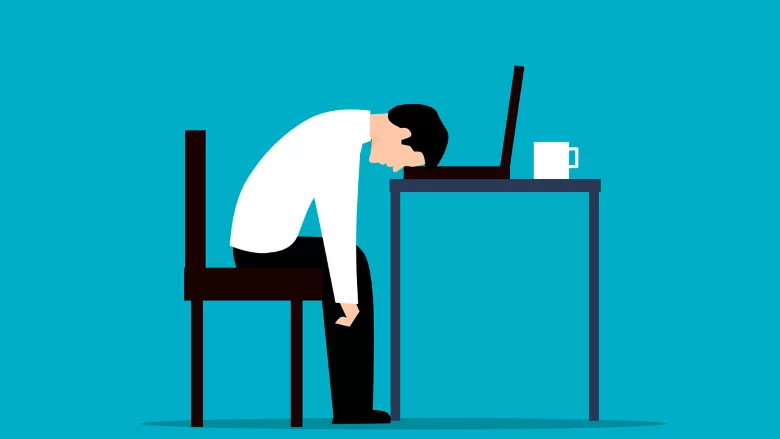Burnout can lead to security threats, insider risk

Burnout levels have risen throughout the COVID-19 pandemic. Employees in every industry are reporting burnout, which may lead to apathy and more security risks.
In response to this phenomenon, 1Password released its first State of Access benchmark report, “The Burnout Breach.” The report, based on a survey of 2,500 adults, explores how workforce burnout has opened businesses to attacks, with trends such as remote and hybrid work, the “Great Resignation” and less secure practices by cybersecurity professionals as the driving forces behind this threat to business continuity.
Burnout leads to security gaps
The report found that 84% of security professionals and 80% of other workers are feeling burned out, which has led to serious backsliding around security protocols. Burned out employees are a third less likely to follow their company’s security guidelines (59% for burned out vs. 80% for not burned out).
The issue extends past security compliance issues; burned-out employees are 60% more likely than non-burned-out employees to create, download or use software and apps at work without IT’s permission (48% vs. 30%).
Security professionals are twice as likely as other workers to say that due to burnout, they are “completely checked out” and “doing the bare minimum at work” (10% vs. 5%). And significantly burned-out security professionals are more than twice as likely to say security rules and policies aren’t worth the hassle, compared to those who are only somewhat burned out (44% vs. 19%).
While the vast majority of security professionals (89%) say they favor security over convenience, security employees are far more likely to ignore their own best practices and engage in risky digital activities at work compared to other workers at an organization — burned out or not.
Security professionals are more likely than other types of workers to say they work around their company’s policies because they are trying to solve their own IT problems themselves (37% vs. 25%) or because they dislike the software their company provides (15% vs. 5%).
To read more findings, view the full report here.
Looking for a reprint of this article?
From high-res PDFs to custom plaques, order your copy today!







